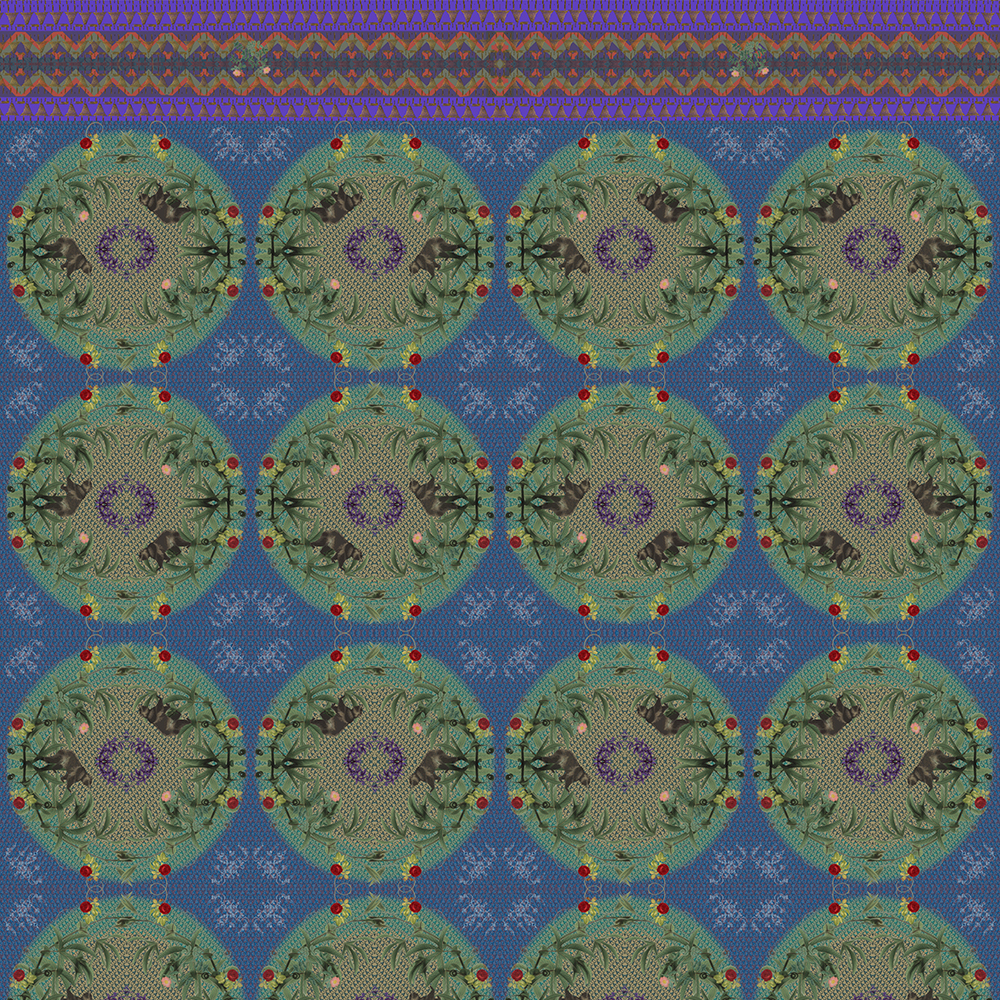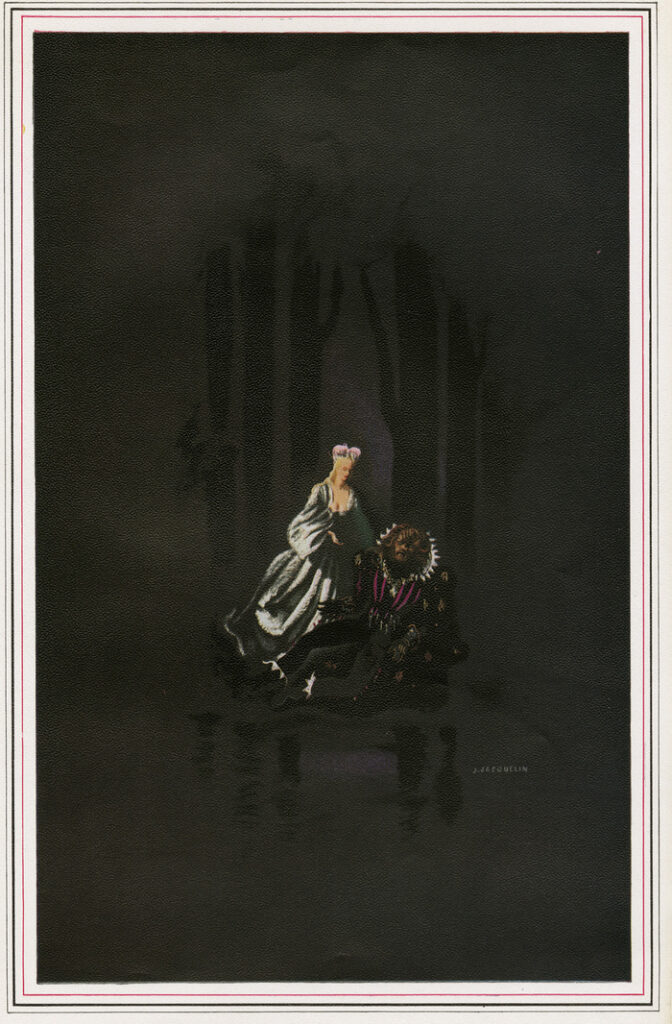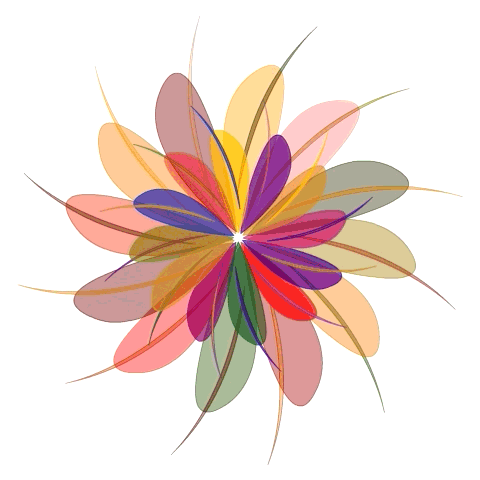



My collections are inspired by the spirit of place, psychogeography, memory and history. For the Open Call I have chosen the history of the Red House in Bexley Heath at the time when William Morris – artist, designer, poet, novelist and social activist lived there in the mid 1800s.
Morris wanted the house to look like a jewel box. It was painted and adorned by his companions including Webb, Rossetti and Burne-Jones. He wrote – have nothing in the house ‘which you do not know to be useful or believe to be beautiful’. On the second floor, the living room fireplace is painted with the motto, Ars Longa, Vita Brevis: “Life is short, art is forever.”
William Morris visited Macclesfield (where Frances Nutt London scarves are printed) to learn more about natural dyes from local silk manufacturer Thomas Wardle and gave a lecture at the School of Art in 1889 about the Arts and Crafts movement.
“Morris was one of a formal group of people in the mid-19th Century who grew increasingly concerned about the far-reaching effects of the Industrial Revolution…critics in the vein of John Ruskin felt that modern manufacturing processes deprived workers of the satisfaction of handcrafting, and that consumers were surrounding themselves with soulless products…the home should serve as a spiritual and moral respite from the chaos of the cities, a philosophy termed the “Cult of Domesticity.” The perceived solution was a revival of the medieval “Guild” mode of production, in which craftsmen were directly involved in the entire manufacturing process.” (Archdaily.com)
I was curious about Lucy Faulkner one of two sisters who worked as part of “The Firm” started by their brother Charles Faulkner and William Morris. Morris, Marshall, Faulkner & Company produced mural decoration, stained glass, metal work and furniture.
Lucy Faulkner created fairy tale illustrations on ceramic tiles, embroideries and engravings including for Dante Gabriel Rossetti’s Goblin Market. The sisters Lucy and Kate Faulkner began as amateurs and developed into professional crafts women contributing to many items produced by the firm.
My design is called ‘The Lost Sister’. Lucy married an engraver and bookbinder called Harvey Orrinsmith and with the change of name became lost in history much of her work was misattributed to her sister Kate and only lately rediscovered with her initials LF or LJF. She continued to work for her husband making wood engravings for Smith and Linton in Hatton Garden. As Mrs OrrinSmith she wrote, illustrated and published a book called The Drawing Room: Its Decorations and Furniture (1878). This includes a discussion on colour theory which I would like to pursue further in the colourways of the scarves and squares.

The design combines an etching style illustration of the bear from LJF’s tile painting of the Beauty and the Beast * (see below #JeanCocteau) and botanical drawings of Sleeping Beauty’s red roses. The lines in the image represent the wood engraving marks carved by her hand and the background pattern is created from details in Lucy’s book on interior design and from the architecture of the Red House.
Frances Nutt London works in accordance with the tradition of useful decoration combined with artifice and charm to consciously beautify our environment. Translating this into the modern consciousness of dandyism as a delight in ornamentation and artifice. Practical collectible artworks you can wear.
She joins in the tradition of those who have created the architecture, pattern and texture of the environment adding an air of modern British style to any suit or jacket.
Inspiration
* Jean Cocteau La Belle et La Bete
one of my favourite films and the beautiful illustrations by Christian Berard





Arch Daily
https://www.archdaily.com/873077/ad-classics-red-house-arts-crafts-william-morris-philip-webb
Lucy Orrinsmith, (1878). The drawing-room: its decorations and furniture. London: Macmillan and Co. ISBN 1148770151.
Emma Ferry. “The other Miss Faulkner: Lucy Orrinsmith and the Art at Home Series” (PDF). Journal of William Morris Studies. Retrieved 18 April 2017.
William Morris Gallery, Alceste tile (c.1862), http://www.wmgallery.org.uk/collection/artists-64/orrinsmith-nee-faulkner-lucy/initial/o/page/1/object/alceste-tile-c175a-c-1862.
Tile Panel “Beauty and the Beast (c.1863-64)”. William Morris Gallery.
Emma Ferry. Lucy Faulkner and the ‘ghastly grin’: Reworking the title page illustration to Goblin Market, Journal of the William Morris Society, Winter (2008), pp. 65-84.
